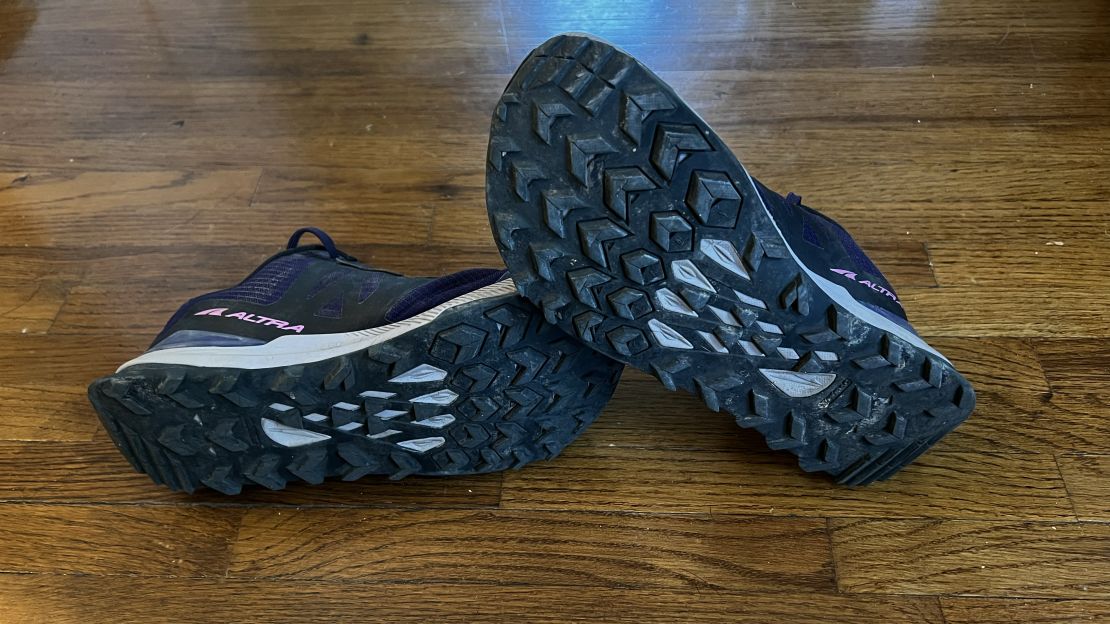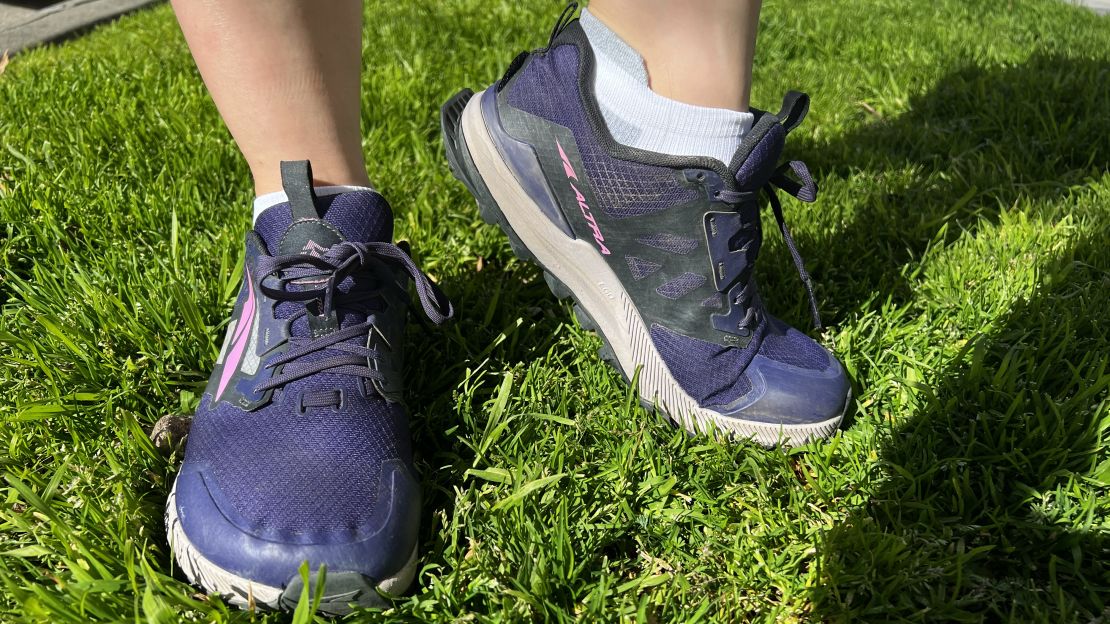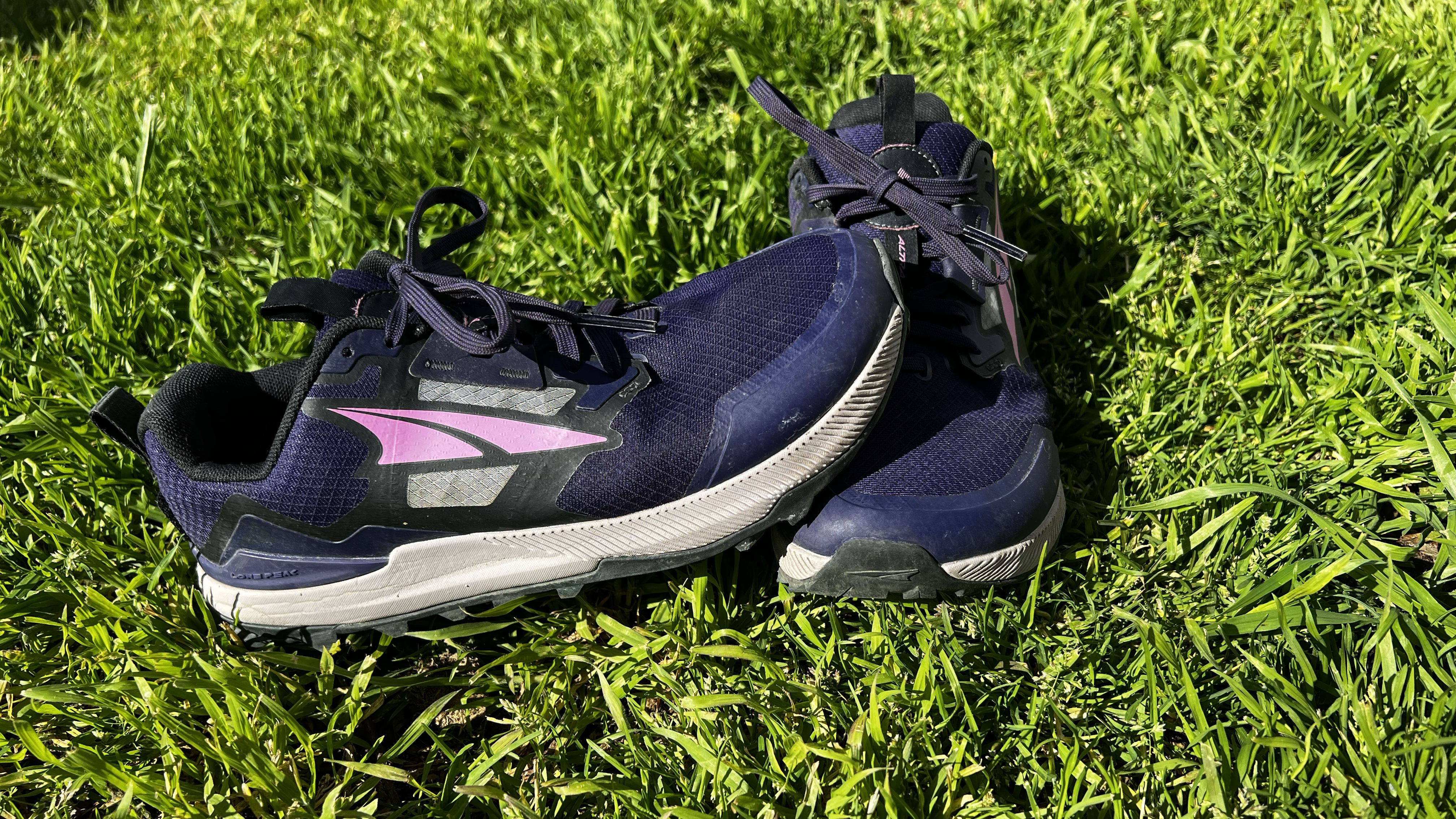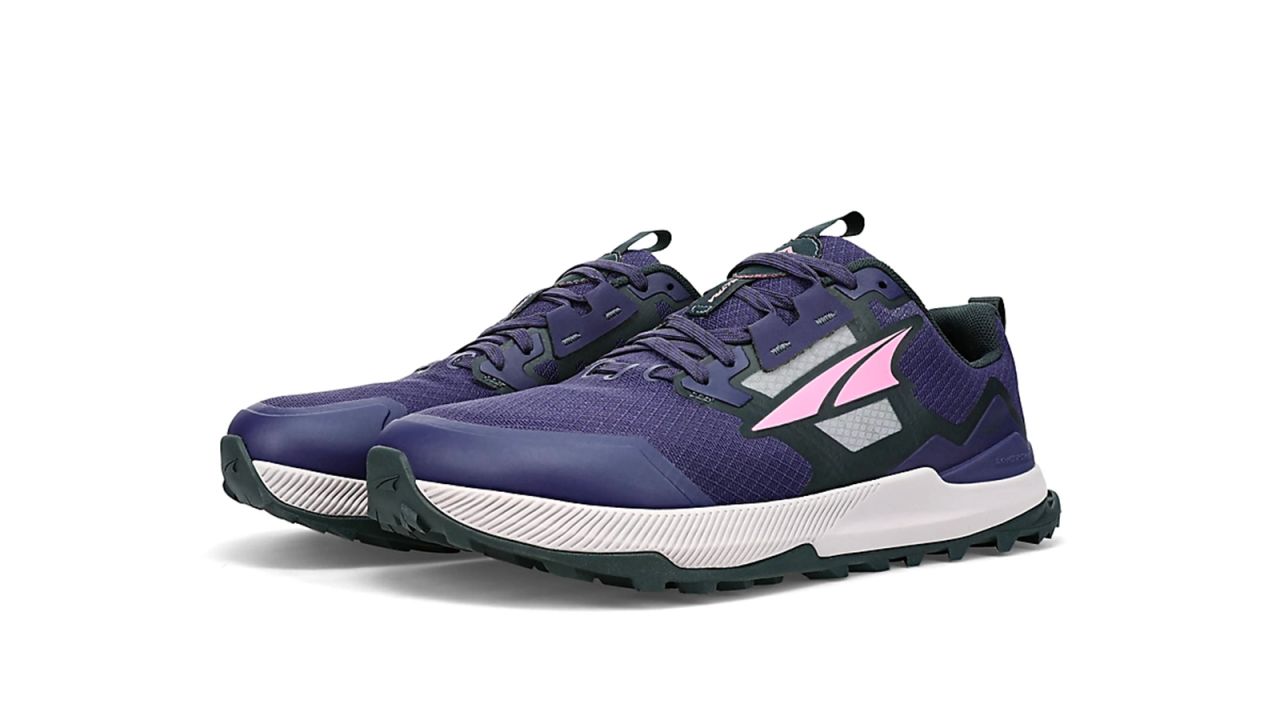There’s been a growing shift in the hiking community, moving away from more traditional heavy leather dad boots and towards ultralight trail-running shoes, even for long-haul overnight backpacking. Unlike their predecessors, trail runners require little to no break-in time; maximum traction in rough, rocky terrain; and, of course, less joint-hurting weight strapped to your body.
Leading the charge in this culture change has been Altra Running, purveyors of zero-drop sneakers with a proprietary wide toe box, dubbed FootShape. The brand’s flagship model that has since risen to having a cult-like following? The Lone Peak, a grippy, trail-focused shoe that’s since been named the most popular choice on famous long-distance hiking paths like the Pacific Crest Trail and Appalachian Trail.
Fans of the Lone Peak series will love the new 7s for their wide width and upgraded grip, while newcomers to this shoe might be surprised at its lack of cushioning and zero-drop design. Either way, Altra has managed to deliver yet another awesome trail sneaker, with slip-proof laces and just the right amount of breathable mesh.
But choosing the right footwear is as important as choosing a hiking buddy who won’t mind you when you’re tired and sweaty at the end of a long day out, and Altra’s new Lone Peak 7s might not be for everyone. Sure, they’re got an upgraded MaxTrac outsole, no-slip lacing and a spread-your-toes-out foot shape for those of us with wide feet, but hikers and runners seeking cushy, dancing-on-clouds support might not find it here.
To check out the good, the bad and the (sometimes) ugly, we gave the brand-new Altra Lone Peak 7s a spin to see if they’re worth your hard-earned dough.
What we liked about it
From its excellent traction to trustworthy dynamic lacing that won’t slip when you’re out on a long run, Altra’s Lone Peak 7 is a leader in the trail-running space.
Upgraded ultra-grippy traction
The Lone Peak 7, which just launched in January 2023, offers a lot of the same tried-and-true features of the Lone Peak 6, but one stand-out new addition is its upgraded MaxTrac outsole. Altra went through the trouble of changing the actual compound used in its signature Trail Claw lugs, and you can really feel the difference on wet trails and slick granite.
I especially noticed this when I decided to do an impromptu, off-trail boulder scramble in Joshua Tree last month, and my feet stuck to the speckled monzogranite almost as though I were wearing climbing shoes. Unlike hybrid running sneakers or standard-issue hiking boots that might slip on a slick rock surface, the Lone Peak 7s held their own in the way I might expect from a proper approach shoe.

Customizable lacing system
Have you ever been out on a trail and needed to tighten your laces because they keep loosening up every hour or so that you spend walking? The Lone Peak 7 aims to avoid this problem altogether with added ghillie-style lacing in the shoe’s quarter panel to provide a fit you can trust not to slip into blister-rubbing territory, whether you’re thru-hiking, interval training or both.
If I’m being honest, I almost found the Lone Peak 7’s no-slip lacing to be too good at its job when I first got them out of the box — I struggled to tighten around the extra-wide toe box — but after some frustrated fumbling, I got them adjusted, and they’ve blissfully stayed that way ever since.
Wide toebox to mimic your natural foot shape
Altra is the go-to brand for most hikers and trail runners with wide feet. One of the key features that put it on the map is its FootShape toe box, which is essentially a fancy way of saying that the front of the shoe is designed to let your toes splay out in a natural way to help with balance and stability on the trail. This wider shape is also a more comfortable fit for long-distance hikers and runners who might notice that their feet widen a size after stomping out hundreds of miles.
They offer the same beloved zero-drop as previous models
You’ve likely heard outdoor lovers buzzing about the zero-drop shoe trend, and with good reason. With minimal cushioning to keep the heel and forefoot on the same level, hikers and runners have more control of their gait when wearing zero-drop, which is essential when you’re cruising up a set of carved sandstone steps in Utah or speeding down a Rocky Mountain pass. This added control naturally strengthens your feet, which can help reduce pain and increase athletic performance.
This can be both a blessing and a curse, as I soon discovered while testing the Lone Peak 7s with my recovering-from-an-injury dancer feet. I loved that I could easily toe-strike to avoid knee pain on a flat, maintained dirt track, but found my feet getting a touch more sore than in cushier models like Altra’s Olympus, which, blessedly, babies my feet when I need it.

What we didn’t like about it
As we said before, a zero-drop shoe might not work for every runner, and at a stout $150, the Lone Peak 7 plops down right in the middle of its competitors’ pricing. That means you could probably find a great alternative for the same money if Altra’s wide soles and zero-drop ethos don’t keep your hooves happy. And if you do want the width and zero drop but don’t care about getting the latest grippy lugs, we absolutely love the Altra Lone Peak 6, which are at a discounted price since they’ve been discontinued.
Midsole foam can break down quickly
One of the key complaints I’ve heard from friends who push mush bigger miles than I do is that the medium-density Altra Ego foam that makes up the bulk of the Lone Peak’s padding has a tendency to wear out faster than other running shoes, particularly if you’re prone to slamming out downhills or want these to be an all-around shoe that can take a beating on pavement.
The Lone Peak 7 is, first and foremost, a trail-specific shoe, and with its lightweight materials, it’s not outrageous to expect a more rapid breakdown than with heavier hikers. Still, we’d have loved to see the new lugs hold their shape and sharpness for a few more runs.
Sometimes you feel the ground…too much
While many runners and backpackers love to feel every little rock and crevice along the trail that they’re exploring, a sensation akin to barefoot running, I personally do not. I respect that this is a key feature that has made the Lone Peak series a cult favorite for so many years, but when I’m sweating it out in the rough and rocky San Gabriel Mountains, I’ll almost always lean towards more cushioning and stack height.
Another thing to note — the Lone Peak 7s are not waterproof. Not even a little bit. This was fine for my sunny California winter hikes (until I soaked them in an unexpected stream crossing), but trail fanatics who deal with snow and rain on the regular might want to spring for a different shoe. Altra does offer a water-resistant Lone Peak in the Lone Peak All-Wthr Low 2s, which have the same Maxtrac soles as the Lone Peak 7s.
How it compares
The Lone Peak is an icon in the trail running world, and the newly-refabbed Lone Peak 7 boasts a lot of the same great stuff as previous models, tacking on a new lug design, better traction and an extra-roomy toebox. If you’ve been a fan of previous Lone Peak shoes, you’ll likely fall in love with the just-released 7s.
But, if you’re seeking plush cushioning (like Altra’s dreamy Olympus 5), an aggressive heel-to-toe drop (like Salomon’s Speedcross 6), or a completely barefoot-style shoe (we’re looking at you, Vivobarefoot), you’ll want to head elsewhere.
Bottom line
The Lone Peak 7 is a no-frills revamp of an old classic. Diehard fans will love the updated ultra-grippy outsoles and new lug pattern, while newcomers to the brand will wonder why they didn’t go wide and zero-drop sooner.
Whether you’re a “let’s crush 12 miles before breakfast” mountain runner or a cruise-along-the-trail weekend warrior, Altra’s cult classic Lone Peaks have proven with this new model that they’re only getting better with time.

